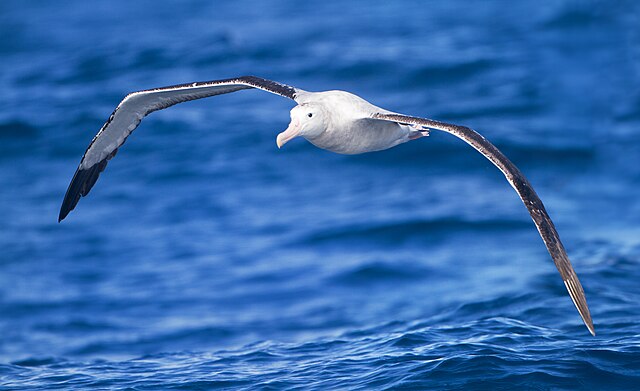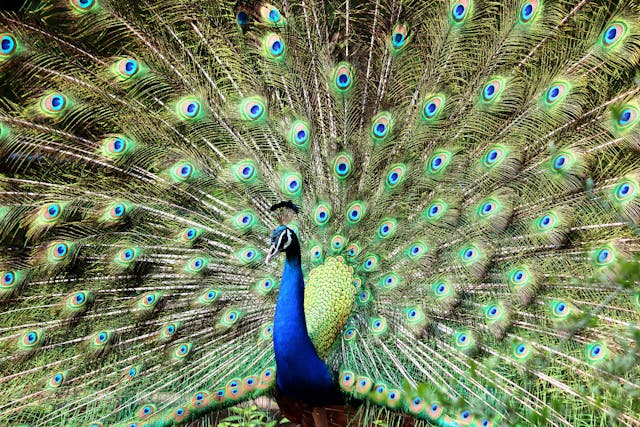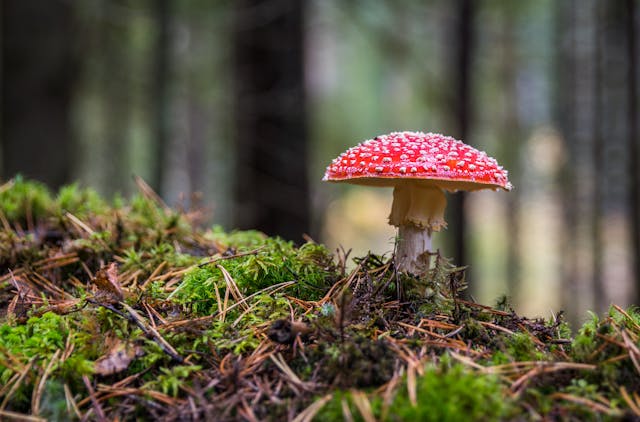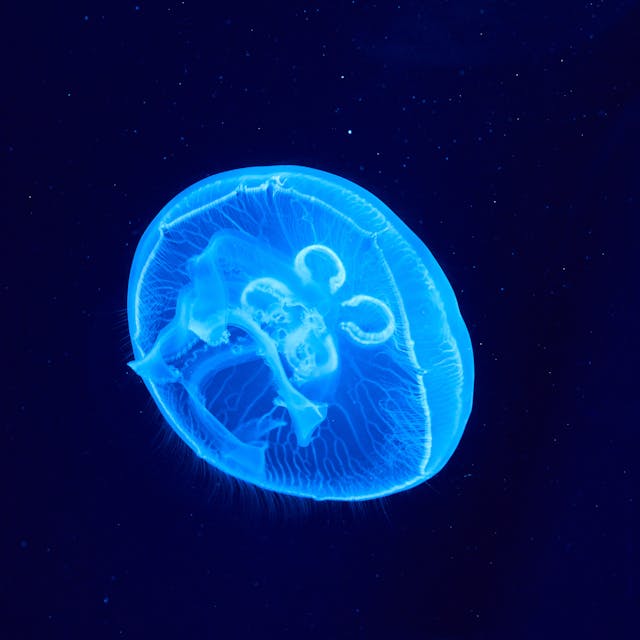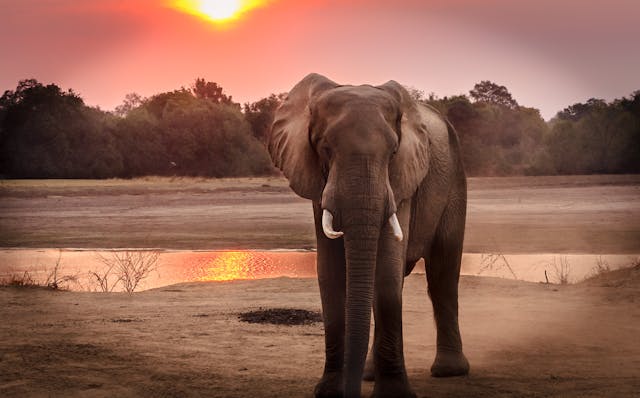#1129 What is snuff?
What is snuff? Snuff is a form of powdered tobacco that you can inhale, giving you a quick nicotine hit. Snuff has been around for a long time. Native people living in the area that is now Brazil used powdered tobacco leaves as snuff. They ground the leaves using a rosewood pestle and mortar, which […]
#1129 What is snuff? Read More »


